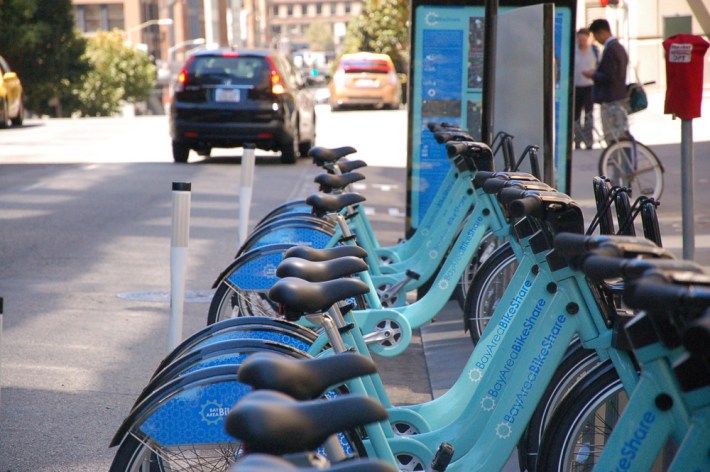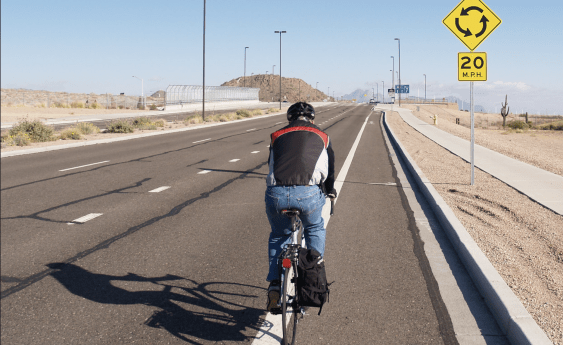Some of the first usage data is in from Bay Area Bike Share. The data is rough, but the number of trips in the first 12 days is underwhelming compared to bike-share launches in New York or Washington, DC.
The Bay Area Quality Management District is still working on getting a real-time data platform set up, but it "will likely not be available in the short term," said agency spokesperson Ralph Borrmann.
Here are the data points they provided from August 28 (launch day) to September 8:
- 1790 = Total Registered Annual Members
- 2128 = Total Casual (1 and 3 day) Members
- 7691 = Total Trips Taken (system wide)
Divided by the 12 days in the data set, this works out to about 0.92 trips per bike per day. It doesn't quite stack up to NYC's Citi Bike, which hit 1.24 trips in the first two days, or DC’s Capital Bikeshare, which had 1.05 trips in its first 10 days. Of course, it's still very early, and these usage numbers will change. On peak days, Citi Bike now hits seven trips per bike and on routine days averages between five and six trips per bike.
BABS' results aren't surprising, either, since bike-share proponents have warned that the small initial size of the system will limit its usefulness.
Even with the relatively low level of usage, there have still been anecdotal reports of stations reaching capacity, suggesting the system may have trouble maintaining balance. SF Weekly featured an interview with Mike Sonn last week (many of our readers may know him from the comments section), who uses BABS to commute from North Beach to Redwood City via Caltrain. Sonn said he's arrived at a full dock at the 4th and King Station, forcing him to find another dock with a free space and walk back.
Major rail hubs in New York and London have been the hardest places for bike-share managers to maintain balanced stations with both bikes and docks available. Borrmann told SF weekly they're "still learning the movement patterns for the bikes."





